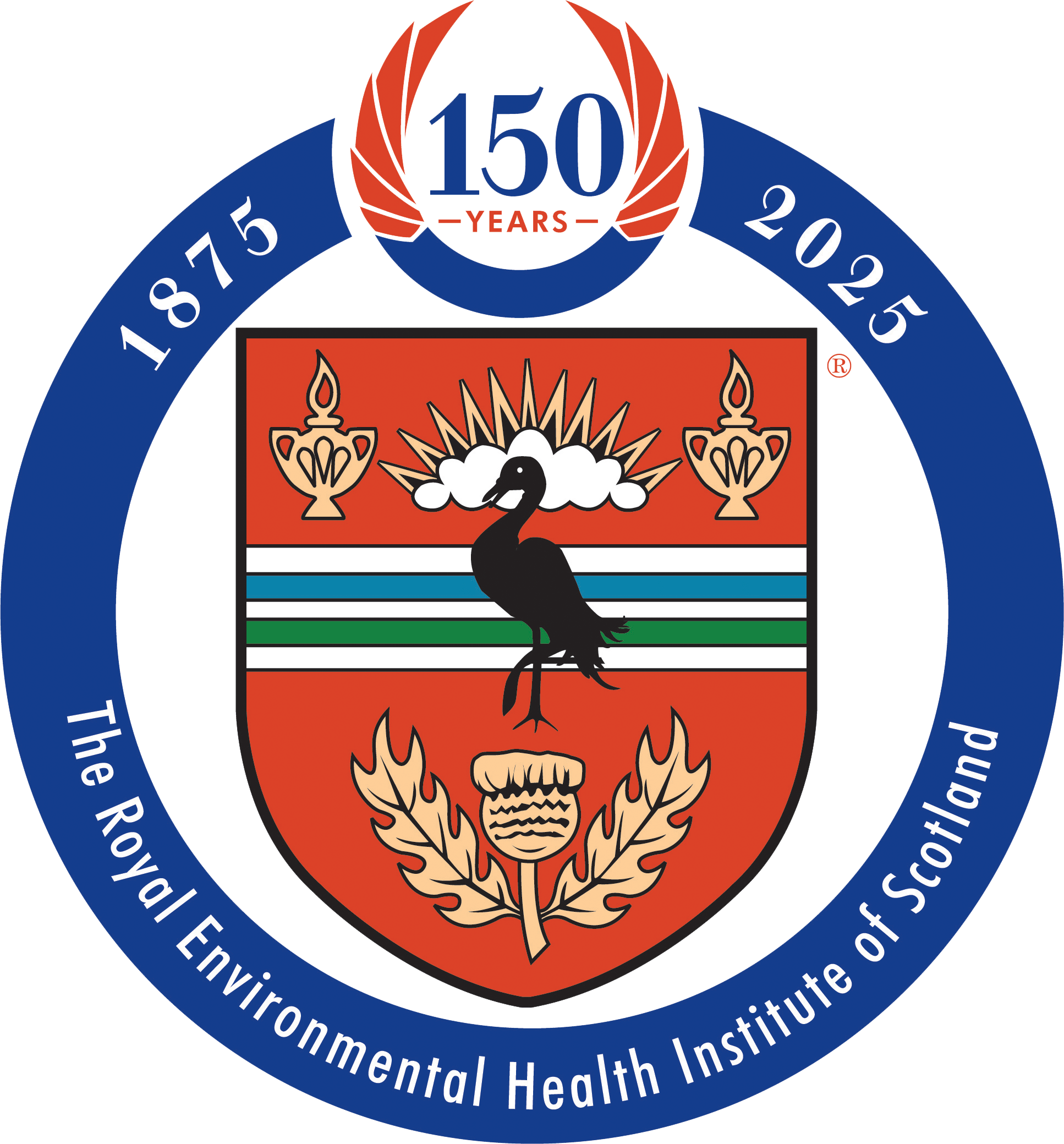New regulations on school meals will be introduced in Scotland as part of an effort to tackle childhood obesity.
The regulations include setting a maximum limit on the amount of red processed meat that can be consumed over the course of the school week.
Scotland will become the first part of the UK to set such a limit when the change is brought in.
The move is part of a new initiative to make school food healthier and will see an increase in the amount of fruit and vegetables served, whilst significantly reducing the amount of sugar available throughout the school day.
The Scottish Government and local authorities are jointly committed to providing the healthiest food to children and young people. This commitment is underpinned by a duty to provide school meals that meet strict nutritional requirements, including encouraging the use of fresh, local and sustainable produce.
The change strengthens the Scottish Government and Local Government efforts to improve diet, halve childhood obesity by 2030 and strengthen children and young people’s healthy eating habits.
School food regulations will be amended to ensure:
- a minimum of two full portions of vegetables and a full portion of fruit are offered as part of a school lunch, with full portions of fruit and or vegetables also available in, for example, tuck shops
- a maximum amount of red and processed red meat provision – such as bacon, ham and pepperoni – in school lunches to help reduce exposure to nitrites
- removal of fruit juice and smoothies from primary and secondary schools to help reduce sugar intake
The measures follow advice from a technical working group established in 2017 with representation from NHS Health Scotland, Education Scotland, Food Standards Scotland and others. The Scottish Government accepted all of the recommendations from their report and final recommendations.
The measures also follow an extensive public consultation on school food regulations which took place in 2018. 1,359 responses were received, 1,280 from individuals and 79 from organisations.
The regulations will come into effect by autumn 2020 to allow councils time to plan their menus and supply chains.
Deputy First Minister John Swinney said:
“Our school food and drink regulations are now over a decade old. With more than 360,000 meals served a day, schools must follow the latest scientific and dietary advice and encourage young people to choose healthy habits for life.
“Every school lunch will now contain more fruit and vegetables, and where food is served elsewhere in school full portions of fruit and vegetables must be on offer.
“We have set maximum limits for consumption of red processed meat which is linked to an increased risk of cancer. This will also reduce exposure to harmful nitrites.
“And we know that one small carton of fruit juice or smoothie contains more than the entire recommended sugar intake for a primary pupil’s lunch, so these drinks will no longer be served in schools.
“These changes will improve our school food, help tackle childhood obesity and give our children the best start in life.”
How will school meals change?
The guidelines differ between primary and secondary schools.
Younger children will not be offered any more than 175g of red or red processed meat at school mealtimes over the course of a week.
Of that, no more than 100g should be red processed meat such as bacon, ham or pepperoni.
In secondary schools, pupils will be offered no more than 230g of red meat – 130g of which can be processed.
Meanwhile, at least two portions of vegetables and one portion of fruit should form part of every school lunch in all schools.
In primary schools, a portion is 40g, in high schools, 80g.
Fruit and vegetables must also be available elsewhere in the school, for example in tuck shops.
Fruit juices and smoothies will be off the menu, as children are encouraged to drink water or milk. No added sugar and lower fat milk drinks such as flavoured and hot chocolate will be permitted.

